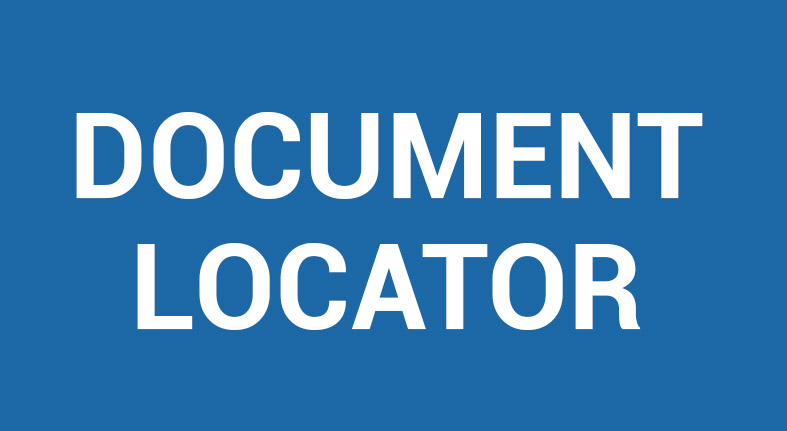What is Document Control?

Document control is the practice of managing documents in a way that ensures reliability.
At the highest level, document control is the practice of managing documents in a way that ensures reliability and trust in the documents people are accessing and using. No matter the industry, it is important that documents used by employees are up-to-date and formally approved. Controlling the processes and practices for the creation, revision, distribution, and accessibility of documents is the foundation of document control.
Benefits of a Document Control System over paper.
Automating processes
Automated workflow processes can improve the efficiency of an organization by standardizing and optimizing procedures. Documents can be automatically filed, named, routed and tracked in a single digital system and monitored via reporting tools. Workflows can be reused and reconfigured for multiple purposes, and processes can be improved over time.
Security and authorization
Document security is crucial to almost every organization. Files that contain personal information or sensitive business secrets must remain locked down and only accessible by those who have the appropriate rights. Businesses that fail to do this could face consequences such as legal action, loss of a competitive edge, or damage to their reputation. With a manual, paper-based system, it is almost impossible to ensure the security of these types of files. However, with a document control system that utilized role-based security, an organization can create customized roles and privileges for all folders and files.
Managing document versions
Managing multiple versions of a single document can quickly get out of hand. It’s difficult to know which version of a file is the latest, and it’s easy to lose track of prior version if you need to go back. A document control system with version tracking automates the processes of version control and can reduce the chaos involved in tracking multiple versions of a file.
Regulatory compliance
For businesses in highly regulated industries, managing and controlling documents in a way that conforms to regulations, standards, and policies is critical to avoid liability and risk. A document control system can help to manage regulated content and processes, automate procedures, and establish a document audit trail to help ensure compliance.
Going paperless
With a paperless document control system in place, all documents become instantly searchable and retrievable. Document reviews and approvals can be done on a single digital file without the need to make physical copies or email attachments. When digital files are managed and accessed from a centralized repository the risk of losing files and information is reduced.
Where are Document Control Systems needed?
Document control is critical to any business or organization. However, the needs and requirements can vary widely. Businesses in highly regulated and specialized industries, such as pharmaceuticals or medical device manufacturing, will have more specialized document control needs. However, the ability to quickly store and access files, control and automate processes, and ensure security are features that all businesses can benefit from.
While document control software systems are typically found in organizations with high amounts of regulation and standards to adhere to, almost all businsses can benefit from some form of document control software. The ability to quickly access and manage digital documents that are located in a centralized, secure location provides a great advantage to manual and/or paper-based systems.
How are Documents Controlled?
In a Document Control System, documents are controlled through consistency and organization. With most file systems there are no rules about where files are stored or how they are named. Each individual user chooses how to name documents and determines where a file belongs. This ad-hoc method of filing and storing documents leads to disorganization that only worsens over time. With document control software, files that are imported into the system must adhere to the rules and conventions set up by system programmers. Files are named automatically during import and folder structures are designed according to standards.
Documents are also controlled through tracking. A document audit trail captures a complete record of the actions and changes that occur to a document over time. A detailed log of each file gives administrators a complete picture of what actions have occurred, when they occurred, and by whom.
Finally, documents are controlled through processes that manage a file over its lifecycle. A document control system can have automated procedures in place that control how a file is created, updated, distributed, and ultimately removed from the system. For example, in order to comply with regulations, it might be necessary to retain a document for a set period of time before it can be deleted. With a document control system, you can create a retention policy that holds the file in the system for a specific period of time. Once the retention period expires, the file can be automatically deleted from the system.
What to look for in a Document Control System.
Not all document control software solutions are created equal. Some systems are geared for industry specific needs and regulations. When searching for a document control system, it’s important to find a system that is flexible while at the same time meets your organizational requirements. Below are a few features that all good document control system should have:
Document Control Software video
Ready for a Demo?
Take the first step towards streamlining your processes and enhancing collaboration with Document Locator. Request a demo today and discover how our document control solution can help your organization.
Fill out the form to get started.
